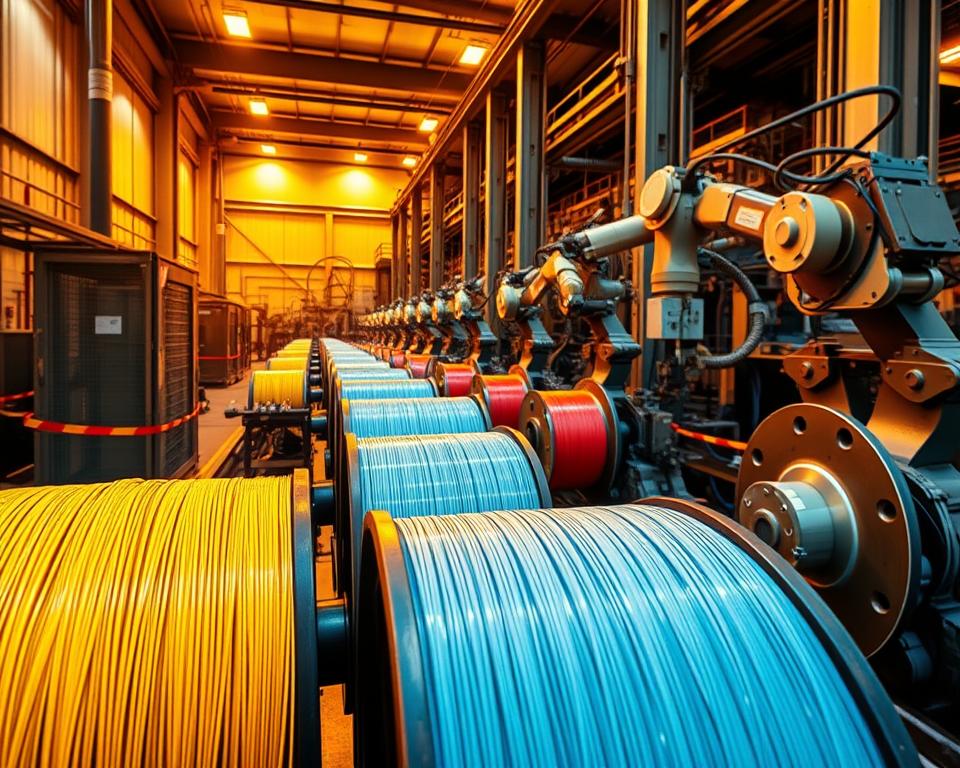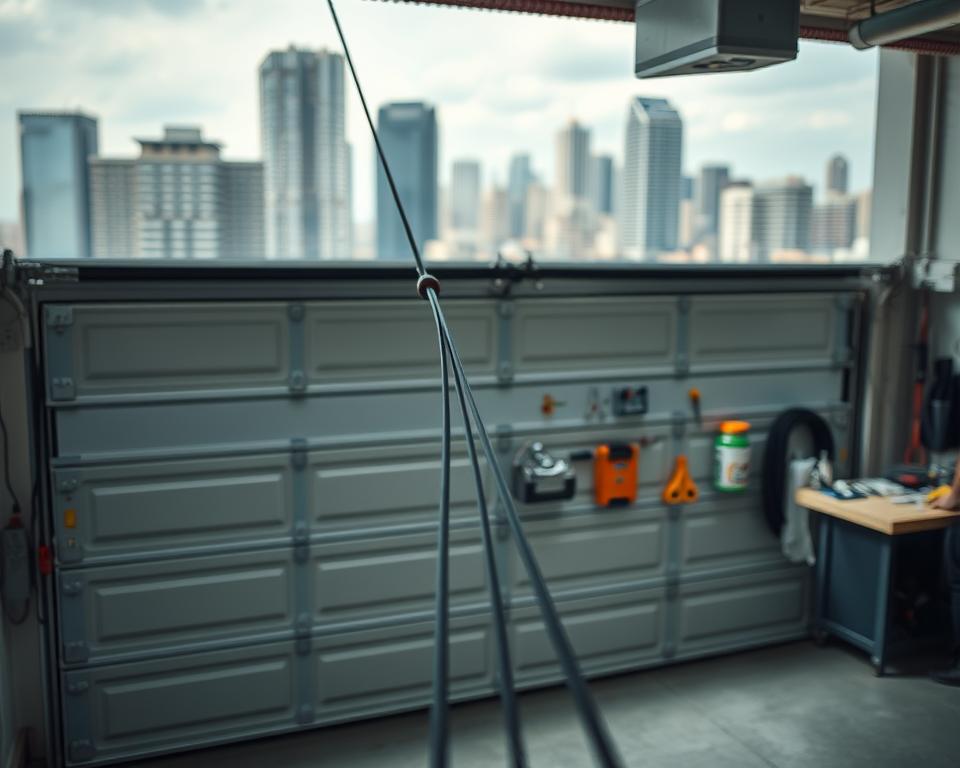Your Guide to Concrete pavers in Santa Paula
Did you ever wonder about the increasing appeal of Concrete pavers among Santa Paula homeowners? Santa Paula’s beautiful beaches and energetic culture provide a ideal backdrop for transforming your outdoor areas. This guide shares essential details about Santa Paula’s Concrete pavers. You’ll discover their styles, installation, and upkeep. Planning for a chic patio or a strong driveway? Let’s delve into your options for paver companies near me Santa Paula.
Major Takeaways
- Concrete pavers serve as an adaptable solution for improving outdoor spaces in Santa Paula.
- Different types of Concrete pavers can satisfy varied aesthetic tastes.
- Professional installation is crucial for the durability and longevity of your pavers.
- Upkeep of Concrete pavers is simpler than expected.
- Grasping the expenses will help you plan your finances.
Understanding Concrete pavers
Concrete pavers are essential in creating durable, visually appealing outdoor areas. They find application in different environments, from driveways to patios, delivering a sturdy foundation for landscaping endeavors. Grasping the differences among Concrete paver types enhances your ability to select the most suitable option for your project. This choice is particularly essential in locales like Santa Paula, where the weather and intended use significantly influence decisions.
Understanding Concrete pavers?
Concrete pavers are precast concrete blocks designed for interlocking. They deliver firm surfaces well-suited for busy areas, thanks to their durability. Not only do these pavers elevate the look of outdoor areas, but they also provide useful advantages like easy fixes and swaps. Their versatility makes them a preferred choice in landscape designs.

Varieties of Concrete pavers
Diverse types of pavers are available, each with unique features for different uses. The two main categories are:
| Type of Paver | Description | Optimal Uses |
|---|---|---|
| Interlocking Pavers | Designed to fit together securely, creating a stable surface. | Driveways, patios, and paths subjected to high use. |
| Architectural Slab Pavers | Provide an elegant design that mimics natural stone. | Landscape elements and aesthetic touches. |
When choosing Concrete pavers for your undertaking, evaluate factors such as styling, toughness, and projected usage. Achieving a comprehensive understanding of these differences can greatly impact your outdoor area’s design, especially in Santa Paula.
Reasons to Choose Concrete pavers in Santa Paula
In Santa Paula, choosing robust Concrete pavers delivers a range of advantages for homeowners. These materials not only boost outdoor spaces visually but also offer critical benefits like strength and low maintenance.
Toughness and Endurance
Concrete pavers in Santa Paula are known for their resilience varying weather patterns. They withstand heavy foot traffic and natural wear and tear effectively. Each paver’s interlocking design adds to this firmness, preventing shifts over time. Accordingly, they guarantee a long-lasting, steady surface for homeowners.
Easy Care Demands
Concrete pavers are praised for their minimal maintenance. Unlike other paving choices that require constant care, Concrete pavers need just periodic washing. Homeowners can just clear debris and top up joint sand to maintain their appearance. This easy care translates into noticeable savings in both time and money.
Concrete pavers Santa Paula: Styling Choices
In Santa Paula, homeowners have multiple options for Concrete pavers, boosting both looks and utility of their exteriors. They can select from Interlocking Pavers and Architectural Slab Pavers, each bringing distinct advantages.
Interlocking Pavers
Interlocking Pavers in Santa Paula effortlessly connect, creating a solid surface for driveways and paths. They are available in a variety of hues, forms, and patterns, letting residents personalize their outdoor areas. This system not only ensures durability but also makes installation and upkeep simple.
Architectural Slab Pavers
Architectural Slab Pavers prioritize decorative charm, mimicking brick or stone. They’re perfect for beautifying patios and walkways with their refined style. Coming in various coatings and grains, these pavers allow for artistic expression and ensure a unified landscape theme.
Choosing the Ideal Contractor for Santa Paula Concrete pavers
To upgrade your outdoor space with Concrete pavers, finding the best contractor is vital. For successful outcomes, professional installation is key. It ensures timeliness and adherence to quality benchmarks. Choosing a skilled contractor like VC Turf boosts the chances of superior outcomes and extended durability for your investment.
Value of Professional Installation
Choosing Santa Paula’s Concrete paver contractor services means partnering with professionals who are familiar with the area’s Concrete specifics. Specialist setup is complex, involving more than simply placing pavers. It includes correct base preparation, addressing drainage, and following local building codes. Such skill not only extends your surface’s life but also reduces future maintenance needs, conserving time and money.
Factors to Consider When Selecting a Contractor
In searching for a contractor for Concrete pavers in Santa Paula, homeowners should consider several factors. Critical areas to evaluate include:
- Experience: Choose contractors with extensive experience in Concrete paver installation and a reliable track record.
- Customer Reviews: Read feedback from past clients to gauge satisfaction rates and project success.
- Portfolio Examples: View completed projects to evaluate the quality of work and design adaptability.
- Licensing and Insurance: Verify that the contractor is licensed and insured to reduce potential liabilities.
Cost Considerations for Concrete pavers in Santa Paula
For homeowners in Santa Paula, understanding the costs of Concrete pavers is crucial. Analyzing material and installation expenses helps pinpoint affordable options. This knowledge aids in sound budgeting and finding economical Concrete pavers in Santa Paula.
Product Price Points
The cost for Concrete pavers in Santa Paula typically ranges from $2 to $10 per square foot. Rates fluctuate significantly based on the type and quality of the pavers. For instance, Interlocking Pavers may cost more, while standard styles are more economical.
Installation Costs
Professional installation includes additional costs, usually between $6 and $15 per square foot. This accounts for labor and site preparation. These expenses are important to consider for guaranteeing the pavers’ longevity.
Money-Saving Strategies
When handling the project within financial constraints, homeowners should:
- Get several quotes from contractors to contrast rates in Santa Paula.
- Account for site prep work and landscaping changes in their budget.
- Explore funding solutions for high upfront costs.
By following these strategies, homeowners can secure economical Concrete pavers in Santa Paula. They can also guarantee a excellent installation that upgrades their exterior spaces.
Setup Procedure for Concrete pavers
Comprehending the steps to install Concrete pavers is crucial for a project’s success. It secures both durable performance and visual beauty for any outdoor space in Santa Paula. The process starts with comprehensive preparation and accurate layout planning. This is the foundation of achieving excellent results.
Initial Setup and Design Plan
The first step is about clearing the designated area. This involves digging to form a solid sub-base, critical for supporting the pavers’ weight. After excavation, installers spread a gravel layer for drainage, then add sand for flattening. During this stage, precise layout planning is essential. Mapping out the pattern helps picture the project’s outcome, securing precision in every cut and placement.
Installation Phase Overview
With the area ready, laying the Concrete pavers commences. They are placed snugly, according to the planned pattern. This technique minimizes gaps and improves the final look. Compaction tools are then used to lock the pavers in place. Finally, sand is worked into the joints. This step stops movement and secures the installation’s stability.
Upkeep Advice for Your Santa Paula pavers
For your Concrete pavers to stay in top condition, a comprehensive maintenance plan is essential. This involves routine cleaning and care. Following these essential steps will significantly improve both the look and durability of your paver installations. A regular maintenance routine keeps your outdoor areas beautiful.
Ongoing Cleaning Guidelines
Start cleaning your Concrete pavers by sweeping off dirt and debris. This straightforward action prevents buildup that could cause stains. After sweeping, a thorough rinse with water clears loose particles. For a more thorough wash, use mild detergents and a scrub brush.
When dealing with stubborn stains, a power washer is your best bet. It’s powerful against tough marks, but must be handled carefully to avoid surface damage. Also, check the joints for gaps. Refilling these joints with sand maintains structural strength and prevents paver movement.
Following these cleaning steps will keep your Concrete pavers in Santa Paula looking bright and new. With ongoing maintenance, homeowners will appreciate their charming outdoor spaces for years to come.
Creative Uses of Concrete pavers
Concrete pavers transform outdoor areas into stunning leisure and entertainment spaces. They surpass function, uplifting beauty and providing durability.
Patio and Pathway Designs
Artistic uses of Concrete pavers in Santa Paula let homeowners create personalized patios and walkways. Various shapes, colors, and patterns allow personalized design. Walkways with Concrete pavers offer a secure surface and connect outdoor areas.
Driveway and Poolside Spaces
Driveways and pool decks leverage the durability of Concrete pavers. They withstand heavy use and invite visitors with their appearance. Pavers are simple to swap if damaged, adding to their ease. Edging and designs can be integrated, boosting the outdoor space.
Bypassing Typical Pitfalls with Concrete pavers
Pitfalls in selecting and installing Concrete pavers can cause significant issues. Recognizing these errors is vital for a smooth project. Staying aware helps avoid the usual mistakes Santa Paula residents face.
Picking the Incorrect Paver Style
It’s important to choose the right paver for the area. A common mistake is using Architectural Slab Pavers in heavy-traffic zones. This leads to premature wear and tear and requires replacement sooner than expected. One must assess load and climate to make the best choice.
Poor Installation Practices
Inadequate installation can cause pavers to shift and surfaces to become uneven. Hiring a skilled contractor, like VC Turf, secures proper installation. Homeowners must investigate carefully to find the best contractor. This lowers the risk of errors and ensures a durable, attractive outcome.
In Closing
Concrete pavers provide long life and visual enhancement for Santa Paula’s outdoor spaces. This guide outlined their types and benefits, like endurance and easy upkeep. They’re perfect for upgrading patios, walkways, and driveways, making these areas more functional and attractive.
It’s crucial to understand the installation process and the role of skilled contractors. Informed decisions about materials and hiring experts guarantee long-lasting results. Concrete pavers uplift any space’s appearance and boost property value.
VC Turf and other local professionals can help Santa Paula residents. Starting these steps now can transform outdoor areas into lovely spaces that boost enjoyment and functionality.









